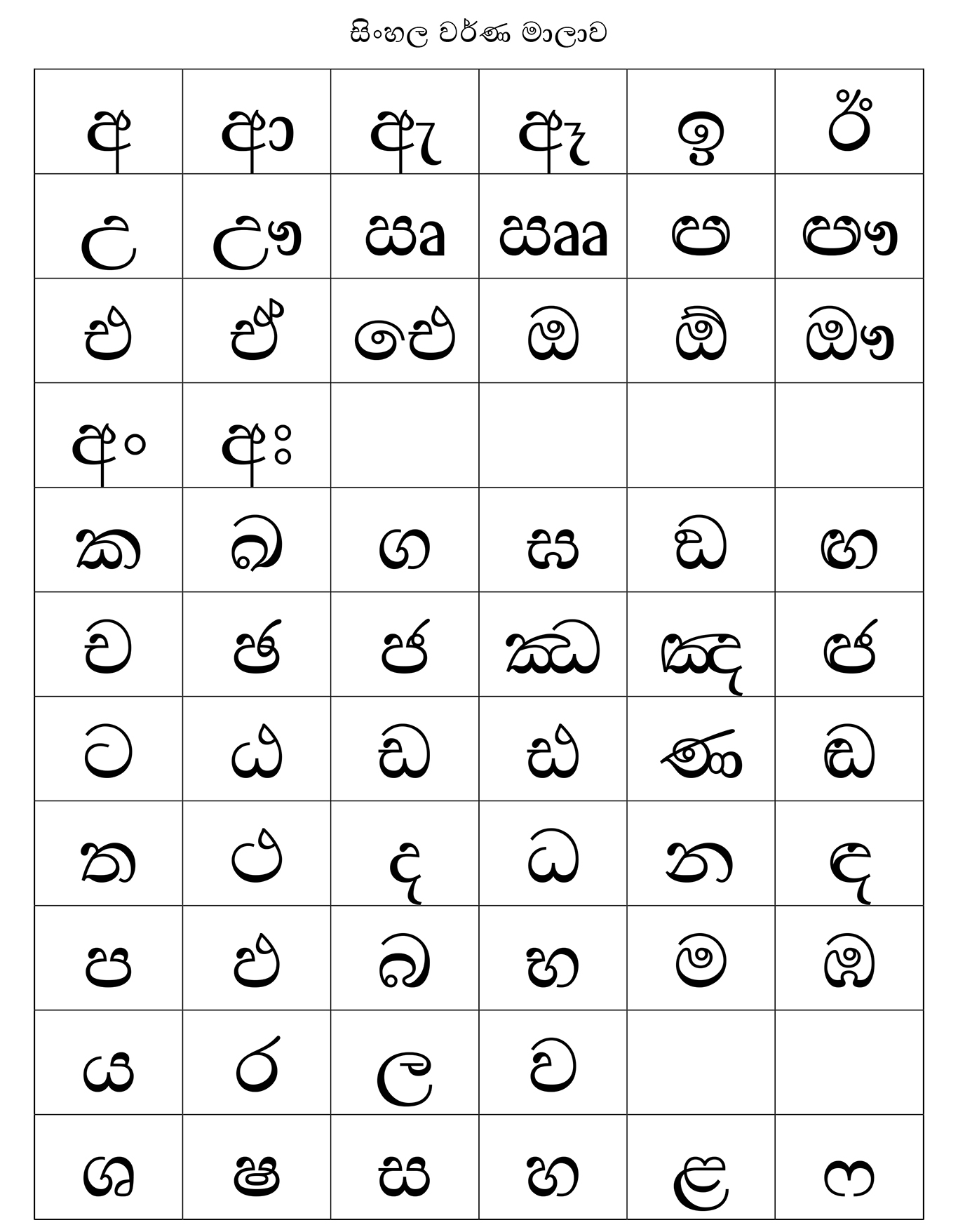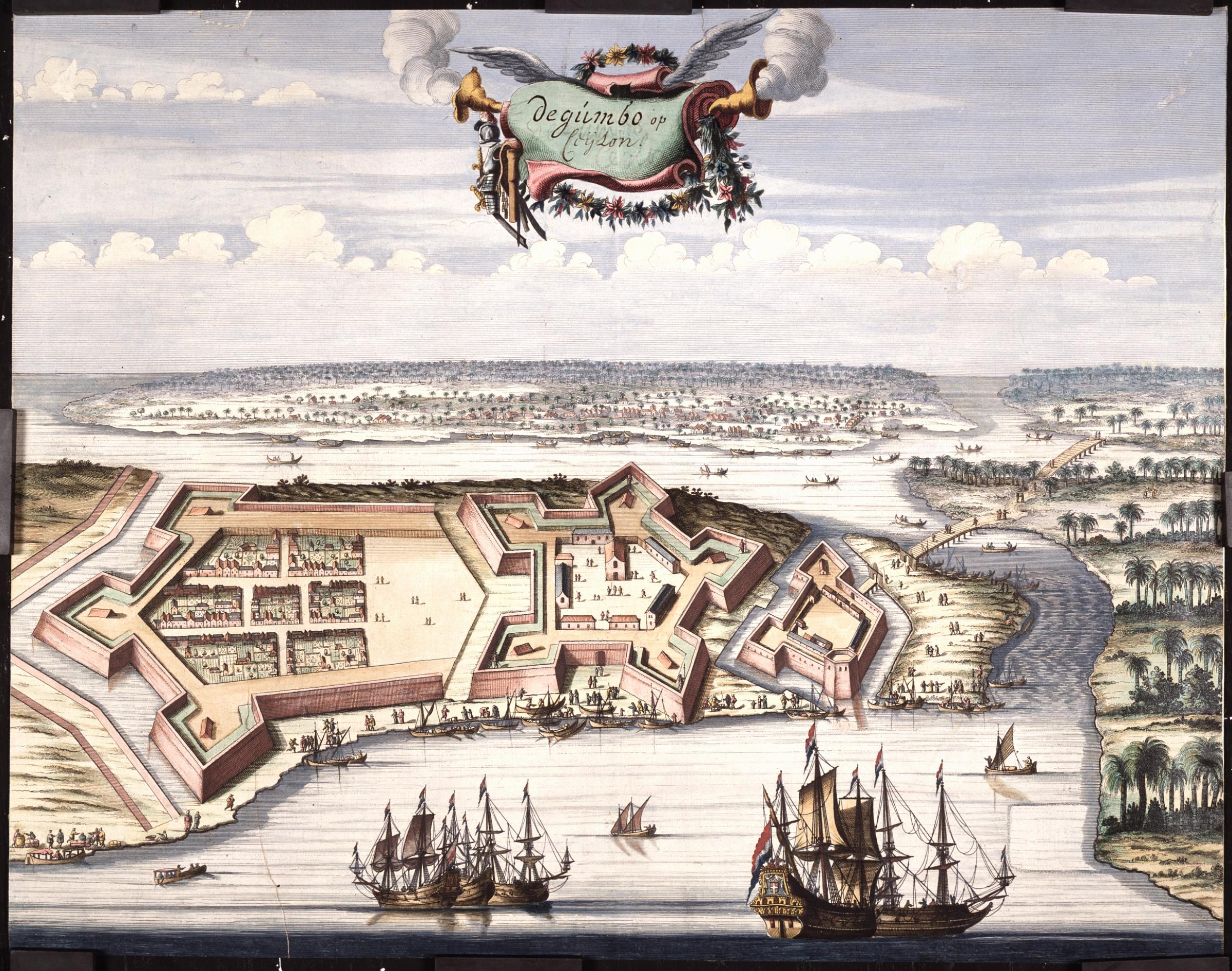|
St. Sebastian's College Kandana
St. Sebastian's College is a school in Kandana, Sri Lanka. It is located in the Ja-Ela Education Division of the Negombo Zone in the Gampaha District. Currently its Principal is Rev. Fr. Sudath Hemantha Fernando. External links Sebastianite Official Website* :si:සාන්ත සෙබස්තියන් මහා විද්යාලය, කඳාන, Sinhala Wikipedia page Google+ pageYoutube Channel See also * List of schools in Sri Lanka {{DEFAULTSORT:Saint Sebastian's College Kandana 1979 establishments in Sri Lanka Educational institutions established in 1979 Provincial schools in Sri Lanka Schools in Gampaha District ... [...More Info...] [...Related Items...] OR: [Wikipedia] [Google] [Baidu] |
Kandana
Kandana ( si, කඳාන, ta, கந்தானை) is a suburb of Colombo in Western Province, Sri Lanka, north of the Colombo city centre. Due to the proximity to Colombo, Negombo as well as the Bandaranaike International Airport, the suburb is a popular residential area. The neighboring suburbs are Ja-Ela, Ragama, Peralanda and Wattala. Transport Kandana is situated on the A3 (Colombo - Negombo) Highway. The Kandana Railway Station is located on the Puttalam line, and is the 10th railway station from Colombo Fort railway station with a distance of from Colombo Fort railway station. Demographic The major ethnic group in Kandana are Sinhalese and most residents of Kandana are Roman Catholic. The St. Sebastian's Shrine in Kandana is a well-known Roman Catholic place of worship. Many Catholic churches are situated in and around Kandana. Historically, Kandana has had a large Burgher (Dutch, Portuguese and British ancestry) population, however, the number of Burghers ... [...More Info...] [...Related Items...] OR: [Wikipedia] [Google] [Baidu] |
Gampaha District
Gampaha District ( si, ගම්පහ දිස්ත්රික්කය ''gampaha distrikkaya'', ta, கம்பஹா மாவட்டம் ''Kampahā Māvaṭṭam'') is one of the 25 districts of Sri Lanka, the second level administrative division of the country. It is the second most populous district of Sri Lanka after Colombo District. The district is administered by a District Secretariat headed by a District Secretary (previously known as a Government Agent) appointed by the central government of Sri Lanka. The capital of the district is the town of Gampaha. Negombo however is the largest city and the commercial hub of Gampaha district. The district was carved out of the northern part of Colombo District in September 1978. Geographical Nature Gampaha District is located in the west of Sri Lanka and has an area of . It is bounded by Kurunegala and Puttalam districts from north, Kegalle District from east, Colombo District from south and by the India ... [...More Info...] [...Related Items...] OR: [Wikipedia] [Google] [Baidu] |
Western Province, Sri Lanka
The Western Province ( si, බස්නාහිර පළාත ''Basnāhira Paḷāta''; ta, மேல் மாகாணம் ''Mael Mākāṇam'') is one of the nine provinces of Sri Lanka, the first level administrative division of the country. The provinces have existed since the 19th century but did not have any legal status until 1987 when the 13th Amendment to the Constitution of Sri Lanka established provincial councils. Western Province is the most densely populated province in the country and is home to the legislative capital Sri Jayawardenepura Kotte as well as to Colombo, the nation's administrative and business center. History Parts of present-day Western Province were part of the pre-colonial Kingdom of Kotte. The province then came under Portuguese, Dutch and British control. In 1815 the British gained control of the entire island of Ceylon. They divided the island into three ethnic based administrative structures: Low Country Sinhalese, Kandyan Sinhalese an ... [...More Info...] [...Related Items...] OR: [Wikipedia] [Google] [Baidu] |
Sri Lanka
Sri Lanka (, ; si, ශ්රී ලංකා, Śrī Laṅkā, translit-std=ISO (); ta, இலங்கை, Ilaṅkai, translit-std=ISO ()), formerly known as Ceylon and officially the Democratic Socialist Republic of Sri Lanka, is an island country in South Asia. It lies in the Indian Ocean, southwest of the Bay of Bengal, and southeast of the Arabian Sea; it is separated from the Indian subcontinent by the Gulf of Mannar and the Palk Strait. Sri Lanka shares a maritime border with India and Maldives. Sri Jayawardenepura Kotte is its legislative capital, and Colombo is its List of cities in Sri Lanka, largest city and financial centre. Sri Lanka has a population of around 22 million (2020) and is a multinational state, home to diverse cultures, languages, and ethnicities. The Sinhalese people, Sinhalese are the majority of the nation's population. The Tamils, who are a large minority group, have also played an influential role in the island's history. Other long establ ... [...More Info...] [...Related Items...] OR: [Wikipedia] [Google] [Baidu] |
Sinhala Language
Sinhala ( ; , ''siṁhala'', ), sometimes called Sinhalese (), is an Indo-Aryan language primarily spoken by the Sinhalese people of Sri Lanka, who make up the largest ethnic group on the island, numbering about 16 million. Sinhala is also spoken as the first language by other ethnic groups in Sri Lanka, totalling about 2 million people as of 2001. It is written using the Sinhala script, which is a Brahmic script closely related to the Grantha script of South India. Sinhala is one of the official and national languages of Sri Lanka. Along with Pali, it played a major role in the development of Theravada Buddhist literature. The early form of the Sinhala language, is attested as early as the 3rd century BCE. The language of these inscriptions with long vowels and aspirated consonants is a Prakrit similar to Magadhi, a regional associate of the Middle Indian Prakrits that has been used during the time of the Buddha. The closest relatives are the Vedda language (an endange ... [...More Info...] [...Related Items...] OR: [Wikipedia] [Google] [Baidu] |
English Language
English is a West Germanic language of the Indo-European language family, with its earliest forms spoken by the inhabitants of early medieval England. It is named after the Angles, one of the ancient Germanic peoples that migrated to the island of Great Britain. Existing on a dialect continuum with Scots, and then closest related to the Low Saxon and Frisian languages, English is genealogically West Germanic. However, its vocabulary is also distinctively influenced by dialects of France (about 29% of Modern English words) and Latin (also about 29%), plus some grammar and a small amount of core vocabulary influenced by Old Norse (a North Germanic language). Speakers of English are called Anglophones. The earliest forms of English, collectively known as Old English, evolved from a group of West Germanic ( Ingvaeonic) dialects brought to Great Britain by Anglo-Saxon settlers in the 5th century and further mutated by Norse-speaking Viking settlers starting in ... [...More Info...] [...Related Items...] OR: [Wikipedia] [Google] [Baidu] |
Green
Green is the color between cyan and yellow on the visible spectrum. It is evoked by light which has a dominant wavelength of roughly 495570 Nanometre, nm. In subtractive color systems, used in painting and color printing, it is created by a combination of yellow and cyan; in the RGB color model, used on television and computer screens, it is one of the additive primary colors, along with red and blue, which are mixed in different combinations to create all other colors. By far the largest contributor to green in nature is chlorophyll, the chemical by which plants photosynthesis, photosynthesize and convert sunlight into chemical energy. Many creatures have adapted to their green environments by taking on a green hue themselves as camouflage. Several minerals have a green color, including the emerald, which is colored green by its chromium content. During Post-classical history, post-classical and Early modern period, early modern Europe, green was the color commonly assoc ... [...More Info...] [...Related Items...] OR: [Wikipedia] [Google] [Baidu] |
White
White is the lightness, lightest color and is achromatic (having no hue). It is the color of objects such as snow, chalk, and milk, and is the opposite of black. White objects fully diffuse reflection, reflect and scattering, scatter all the visible spectrum, visible wavelengths of light. White on television and computer screens is created by a mixture of red, blue, and green light. The color white can be given with white pigments, especially titanium dioxide. In ancient Egypt and ancient Rome, priestesses wore white as a symbol of purity, and Romans wore white togas as symbols of citizenship. In the Middle Ages and Renaissance a white unicorn symbolized chastity, and a white lamb sacrifice and purity. It was the royal color of the kings of France, and of the monarchist movement that opposed the Bolsheviks during the Russian Civil War (1917–1922). Greek and Roman temples were faced with white marble, and beginning in the 18th century, with the advent of neoclassical archite ... [...More Info...] [...Related Items...] OR: [Wikipedia] [Google] [Baidu] |
School
A school is an educational institution designed to provide learning spaces and learning environments for the teaching of students under the direction of teachers. Most countries have systems of formal education, which is sometimes compulsory. In these systems, students progress through a series of schools. The names for these schools vary by country (discussed in the '' Regional terms'' section below) but generally include primary school for young children and secondary school for teenagers who have completed primary education. An institution where higher education is taught is commonly called a university college or university. In addition to these core schools, students in a given country may also attend schools before and after primary (elementary in the U.S.) and secondary (middle school in the U.S.) education. Kindergarten or preschool provide some schooling to very young children (typically ages 3–5). University, vocational school, college or seminary ma ... [...More Info...] [...Related Items...] OR: [Wikipedia] [Google] [Baidu] |
Ja-Ela
Ja-Ela ( si, ජා-ඇල, ta, ஜா-எல) is a suburb of Colombo, located approximately north of the Colombo city centre. Ja-Ela lies on the A3 road which overlaps with the Colombo – Katunayake Expressway at the Ja-Ela Interchange. Etymology The etymology of the name is uncertain, and there are several yet arguable interpretations of the name. Howbeit, based on verified historical shreds of evidence, the etymology of the place, Ja Ela is based on both Malay and Sinhala languages. "Ja" and "Javan" are referential terms used by the Sinhalese, Moors & Tamils to address the Malays/Javanese or those of Indonesian descent and the term "Ela" is derived from Sinhala language meaning stream, lake or canal. Local government council Ja-Ela is administered by the Ja-Ela Urban Council. Economy The economy in Ja-Ela consists of commercial enterprises, office and industrial employment. Populations 32,175 Shopping malls * K-Zone Ja-Ela * Realty Plaza Ja-Ela * Orex city sho ... [...More Info...] [...Related Items...] OR: [Wikipedia] [Google] [Baidu] |
Negombo
Negombo (, ) is a major city in Sri Lanka, situated on the west coast and at the mouth of the Negombo Lagoon, in Western Province, Sri Lanka, Western Province, from Colombo via Colombo - Katunayake Expressway. Negombo is one of the major commercial hubs in the country and the administrative centre of Negombo Division. Negombo has about 142,136 population within its Negombo Divisional Secretariat, divisional secretariat division. Negombo municipal boundary is fully extended throughout its Divisional Secretariat area. Negombo is known for its long sandy beaches and centuries old fishing industry. Negombo has a large bilingual (Sinhala/Tamil) population with a clear Catholic Church, Roman Catholic majority. = Etymology = The name "Negombo" is the Portuguese language, Portuguese corrupted name of its Tamil language, Tamil name ''Neerkolombu''. The Sinhala name means from Old-Tamil Naval terminology Meegaman Pattinam. Meegaman denotes Naval Captain, where the local Karava populati ... [...More Info...] [...Related Items...] OR: [Wikipedia] [Google] [Baidu] |
.jpg)





